What stage are the negotiations on Ukraine at?
The Ukrainian conflict remains the main obstacle to the normalization of US-Russian relations. The crisis in Ukraine is regularly on the agenda of the world's most authoritative international organization - the United Nations. However, so far no contacts related to Ukraine have been held on the UN platform, and the body itself is unlikely to become an intermediary in negotiations between Russia and Ukraine. "So far, negotiations on Ukraine have been conducted in a bilateral format. Russia has not interrupted bilateral dialogue with the United States on issues related to the activities of the UN," Dmitry Polyansky, Russia's First Deputy Permanent Representative to the UN, told Izvestia.
In recent months, the Russian-American dialogue has intensified: there have been two meetings of delegations on the settlement of the Ukrainian issue, two telephone conversations between the presidents of the two countries, as well as a series of high-level contacts. In early April, the special envoy of the Russian president, Kirill Dmitriev, visited Washington to discuss the restoration of economic relations and possible measures to de-escalate tensions.
Another important event was the third visit of the US President's special envoy, Steve Witkoff, to Russia on April 11. Mr. Witkoff's meeting with Russian President Vladimir Putin in St. Petersburg lasted 4.5 hours and was considered productive by all sides. Kremlin press secretary Dmitry Peskov called the talks a step forward for a possible meeting between the two leaders.
According to Vladimir Vasiliev, chief researcher at the Institute of the United States and Canada, Russian Academy of Sciences , there are two approaches to resolving the conflict. The first is to sign agreements that must be formalized within the framework of international law. But this solution seems unclear at the moment. Because according to the Western perspective, Ukraine should exist within the 1991 borders. Western countries have not yet recognized and probably do not intend to recognize the territory that was annexed to Russia.
Second, an alternative could be the creation of economic zones in the disputed territories, which would become “stable lands” with the participation of international companies. However, according to the Russian expert, Kiev is unlikely to accept this idea, fearing that it would become a “Western dependency” with debts to pay.
Despite the progress, mistrust between the US and Russia remains. US President Donald Trump extended the sanctions against Russia imposed under his predecessor Joe Biden for a year, and in February extended the restrictions related to Crimea. This shows a double goal: on the one hand, the US administration is demonstrating its readiness for dialogue; on the other hand, it is maintaining its “leverage of pressure”. The media reported on the proposal of US presidential envoy Keith Kellogg to divide Ukraine into post-war spheres of influence, which immediately caused a scandal. Apparently, even the Trump administration itself is at a standstill in finding an optimal solution to the Ukrainian problem.
The Black Sea Initiative talks are an important avenue in efforts to improve US-Russian cooperation. In late March, the two sides held hours-long talks in Riyadh on the possibility of resuming this activity. Turkish media reported that talks between Russia and Ukraine on maritime safety in the Black Sea were scheduled for April 15-16 in Ankara. However, Kiev quickly denied this information. During the Black Sea Initiative talks, Moscow insisted on lifting sanctions on Rosselkhozbank and allowing the bank to return to SWIFT - conditions that contradict the European Union's (EU) tough stance.
Long road ahead
President Donald Trump’s initial goal of reaching a ceasefire by Easter, April 20, may be unrealistic, with the US administration even concerned that a peace deal may not be possible in the coming months, Reuters reported.
Moscow has repeatedly stressed that the only way to end the conflict is to eliminate the root causes of the problem. One of these causes is the West's desire to join Ukraine as a member of NATO.
The Russian leader set out the conditions for starting peace negotiations with Ukraine in June last year. And since then, the list has not undergone any significant changes: the complete withdrawal of troops from the Donetsk and Lugansk People's Republics, the Kherson and Zaporizhia regions, as well as Kiev's official statement on abandoning plans to join NATO. The US approach seems to be contrary to Russia's wishes: first a ceasefire, then peace talks and a political settlement.
According to Andrei Kortunov, Scientific Director of the Russian International Affairs Council (RIAC), a political settlement is a more complicated and lengthy process than a ceasefire. To do this, it is necessary to negotiate not only with Moscow and Washington, but also with Europe, within the framework of NATO, to raise the issue of a new European security architecture, to build bilateral and multilateral agreements, and most importantly, to get consensus from Kiev.
Clearly, the biggest obstacle remains Kiev’s stance. According to the Russian Defense Ministry, in the past 24 hours alone (April 13-14), Ukrainian armed forces attacked energy facilities in the Belgorod region. The move shows that Kiev has not complied with the moratorium on attacks on energy infrastructure agreed by Russia and the United States in March. In addition, important US allies in Europe - Germany, France and the United Kingdom - continue to maintain military aid to Ukraine and a tough stance in relations with Russia.
However, special envoy Steve Witkoff’s third visit to Russia has raised hopes of some progress in the negotiations. According to Western media, Mr. Witkoff proposed that President Donald Trump recognize Russia’s control over Donbass and the southern regions as a basis for peace. This could be a breakthrough, but will face opposition from many partners, even the “hawks” in the current US administration.
Experts say that the negotiations between Russia and the United States are walking on thin ice: each side is pragmatic, but is not ready to abandon the main principles. Washington, while maintaining sanctions, is trying to negotiate geopolitical interests, wanting to quickly end the conflict in Ukraine to focus on other strategic priorities. Moscow still insists on its security guarantees and conditions. Kiev, having lost the trust of both sides, risks remaining a “hostage” of its own deadlock in negotiations.
The latest contacts between Russian and US officials could become a bridge to a meeting between Presidents Vladimir Putin and Donald Trump, but it is clear that real progress on the Ukraine issue requires bold decisions.
Hung Anh (Contributor)
Source: https://baothanhhoa.vn/kho-co-thoa-thuan-ngung-ban-cho-ukraine-vao-le-phuc-sinh-245519.htm


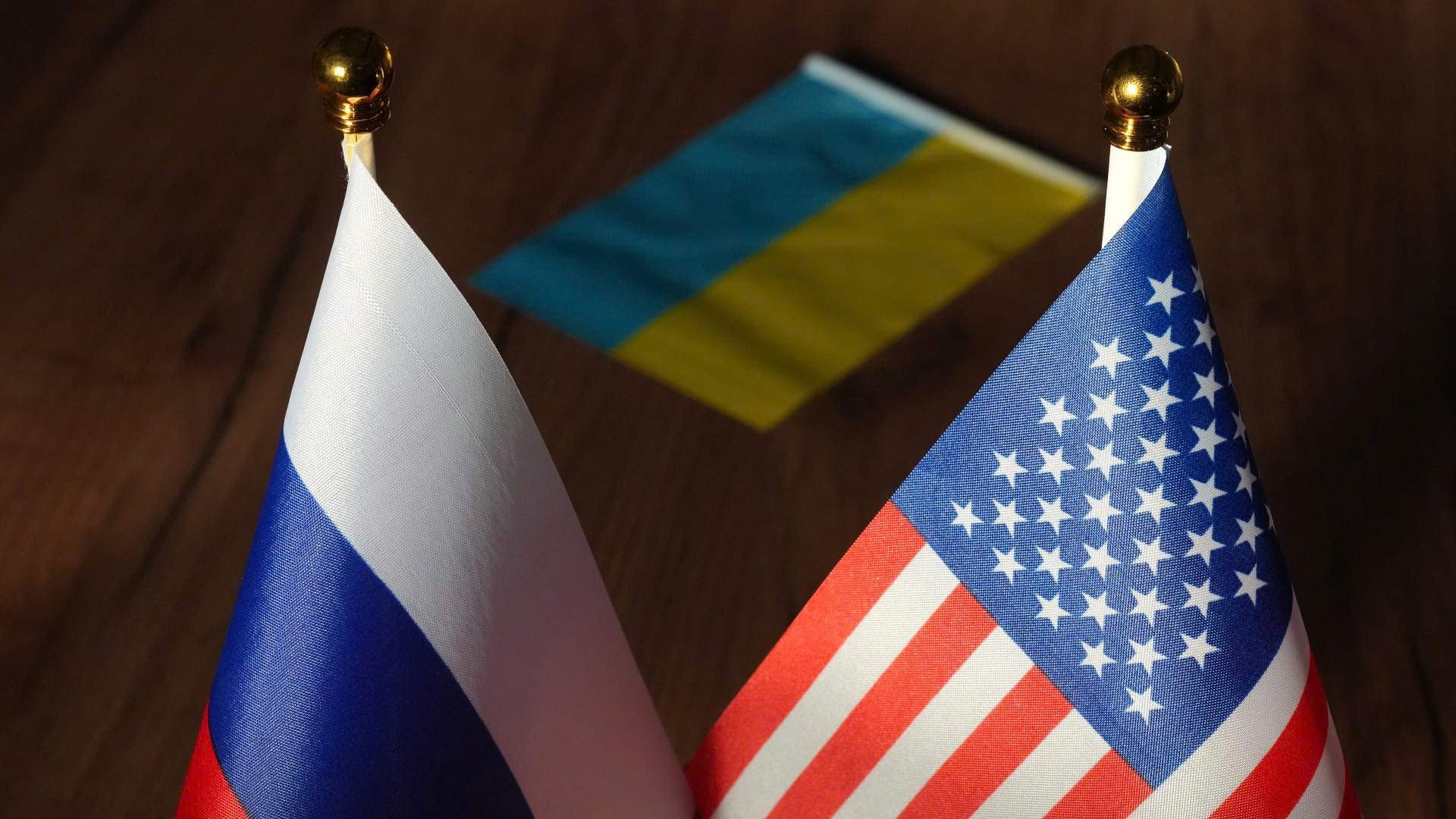
![[Photo] Ready for the top competitions of Vietnamese table tennis](https://vphoto.vietnam.vn/thumb/1200x675/vietnam/resource/IMAGE/2025/5/18/9c547c497c5a4ade8f98c8e7d44f5a41)
![[Photo] Party and State leaders visit President Ho Chi Minh's Mausoleum](https://vphoto.vietnam.vn/thumb/1200x675/vietnam/resource/IMAGE/2025/5/19/d7e02f242af84752902b22a7208674ac)


![[Photo] Party and State leaders attend the special art program "You are Ho Chi Minh"](https://vphoto.vietnam.vn/thumb/1200x675/vietnam/resource/IMAGE/2025/5/18/6895913f94fd4c51aa4564ab14c3f250)
![[Photo] Many young people patiently lined up under the hot sun to receive a special supplement from Nhan Dan Newspaper.](https://vphoto.vietnam.vn/thumb/1200x675/vietnam/resource/IMAGE/2025/5/18/6f19d322f9364f0ebb6fbfe9377842d3)












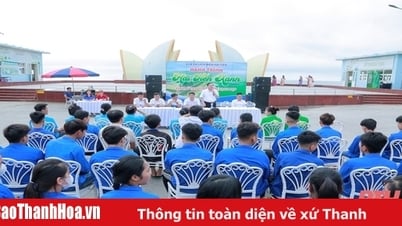
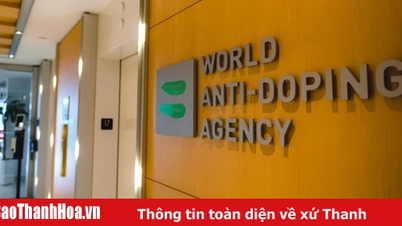

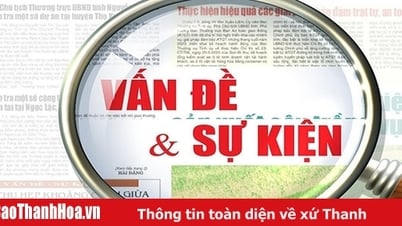










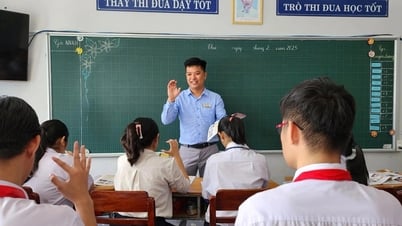

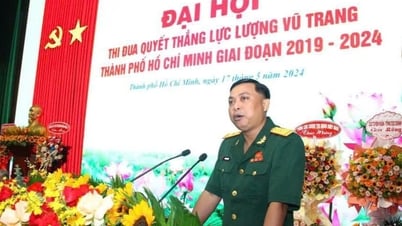

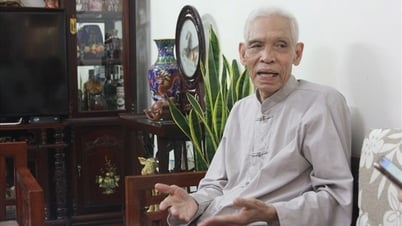







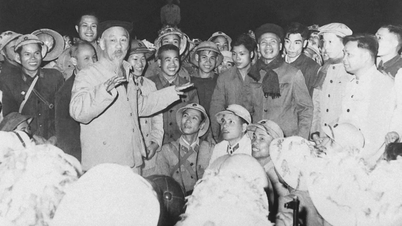


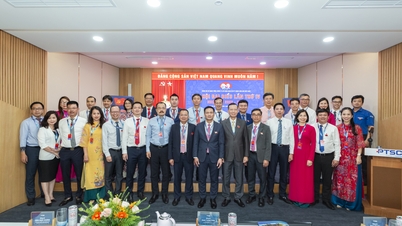





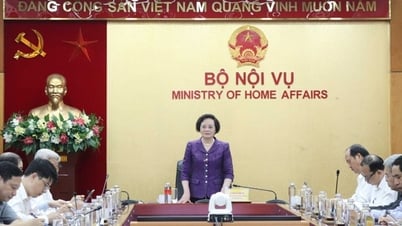

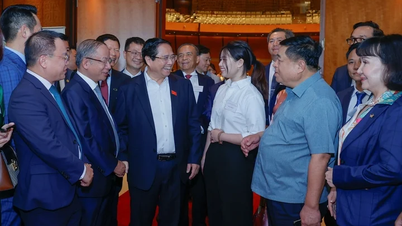




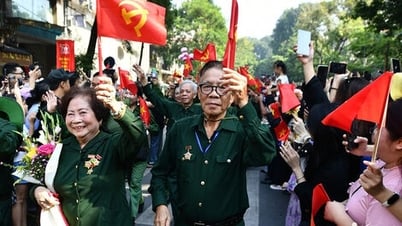

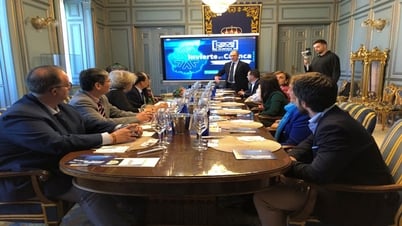

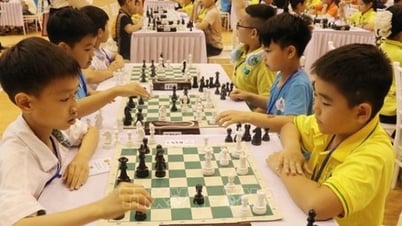


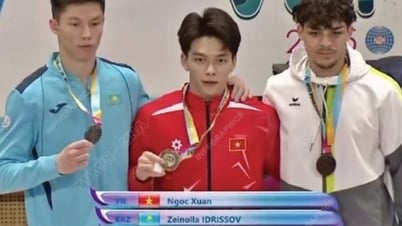



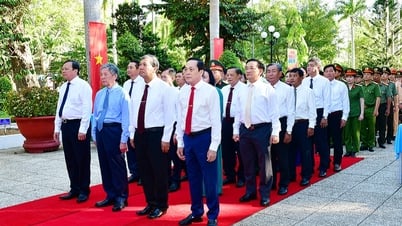













Comment (0)